Biographies | Show notes | Subscribe on Apple Podcasts | Other listening options
Miss Mae takes a mid-1970s investigation and transports it to the modern day with shocking revelations and a weapon that may soon be called evidence. For more, read the show notes or listen to the episode above.
Just discovering Murder, etc.? This story is meant to be heard in the order of episodes. Make sure you start with Episode 1.
NOVEMBER 4, 2019: SEE UPDATED STORY BELOW
A note from producer Brad Willis:
This has been one of the most exhausting weeks in the last 20 years of investigation. If you missed October Surprise, you should go back and see how things began to unravel several days ago. It provides valuable context to this episode.
I owe a debt of gratitude to Andy Ethridge, whose tenacity led us to the source of this story. I also am incredibly grateful for the many sources who spoke to me on background this week. You helped move this story forward in a way it desperately needed.
Because we’ve produced the rough equivalent of two episodes in the last five days, the web elements of this story will be a work in progress over the course of the weekend. Please check back here often because I have a lot of added material and context to offer in this space.
Thanks for supporting Murder, etc. and our search for the truth.
–Brad Willis
miss MAE
Dora Mae McIntyre testified against Charles Wakefield Jr. in the Looper murders trial.
In Episode 22: Miss Mae (listen using the player at the top of this page), Mae’s son Don McIntyre said he doesn’t believe his mother was at the Loopers’ residence on the day of the murders. Don said he doesn’t have anything other than a son’s intuition to support his beliefs, but he was not privy to the information in the Looper murders police file.
For Mae McIntyre’s testimony to be true, a number of other eyewitness statements either need to be false or very incomplete.
The information below compares McIntyre’s statement to police with other witness statements. The text you see below is taken from the October 13, 1975 report filed by Detective Mike Bridges.

Mae McIntyre said she and a fellow Salvation Army volunteer traveled together in a car to collect donations in West Greenville. They left their car in a lot across the street. The other volunteer (described in reports as “the helper”) walked toward the business district, while McIntyre crossed the street to the Looper property. She walked into the garage, made conversation with Rufus Looper, thanked him, and then left the way she came.
The composite photo below shows a modern overhead view of the neighborhood with two modifications. The Looper property has been superimposed over what is now a parking lot. The vacant lot where McIntyre parked now is now occupied on its western side by a community center. That community center has been erased from this composite to better illustrate the sight-lines on Jan. 31, 1975.
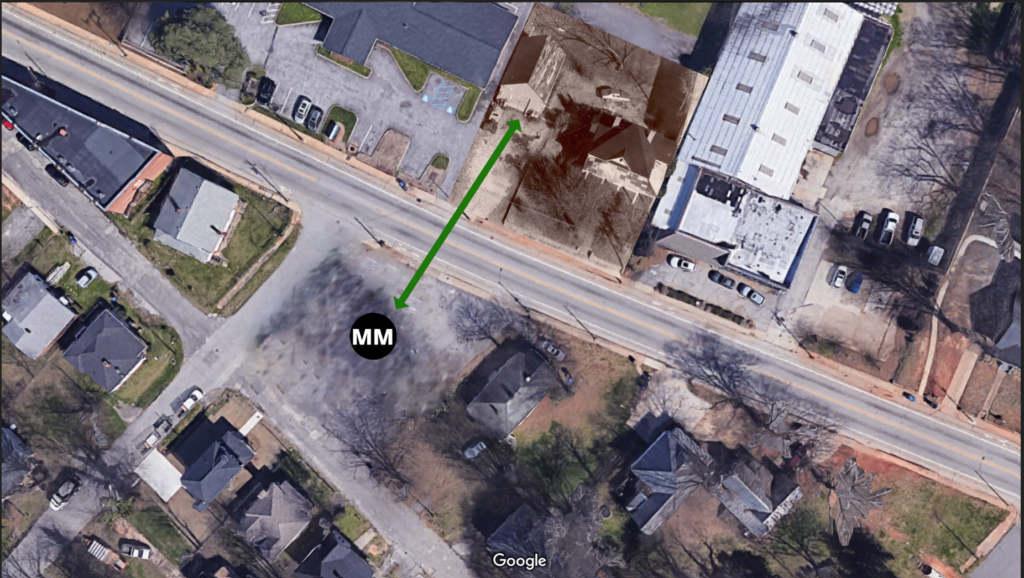

With her head down, McIntyre said she walked down the short driveway, saw a pair of unusual shoes, looked the man in the face, passed him, took one last look back look at the shoes, and then stopped at the sidewalk to wait for the traffic on Pendleton Street to clear. That was when she heard the first sound she thought was a car backfiring. She ignored it and walked across the street.
In the picture below, you can see a rough illustration of McIntyre’s alleged departure from the garage with the black and red circle indicating where she claims to have seen Wakefield, and the red stars indicating where she claimed to hear what she thought was a car backfiring.
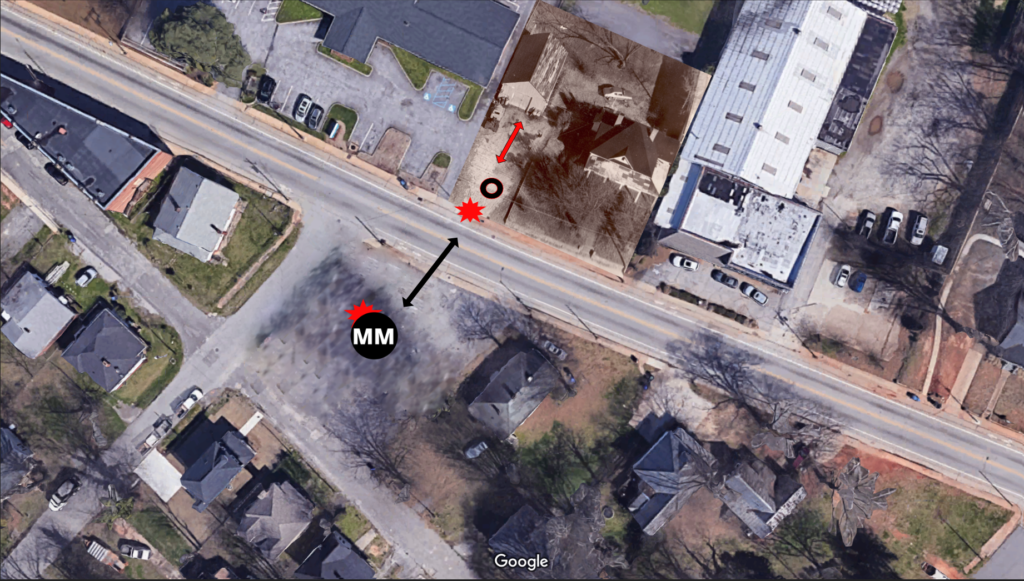

Once at her car, McIntyre claimed to hear the second “backfire” and then while waiting for her helper to return, within a few seconds saw the same man she had seen in the driveway running away, but then she only saw him for a second before he ran out of her sight.
McIntyre said her helper had gone toward the business district of West Greenville, so despite the fact that McIntyre, police, or prosecutors never identified the alleged helper, according to McIntyre’s story, that helper would have been returning from the same area. The two most likely paths were along the Pendleton Street sidewalk or the street immediately to the south of Pendleton.
The helper’s presumed return route is marked on the composite photo below using green arrows.
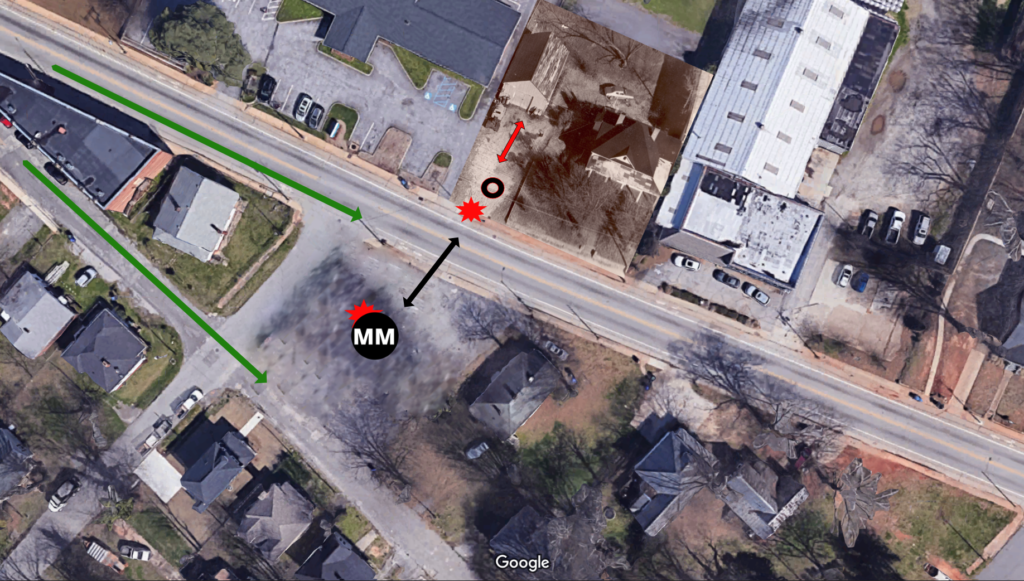
Mae McIntyre’s statement then indicates she and her helper left, heard ambulances at their next stop, and then later heard about the Looper shootings.
McIntyre didn’t volunteer this statement on the day of the murders or at any point until Det. Mike Bridges visited her at her home at the behest of her daughter, Dianne.
vera LOOPER
At the very beginning of the investigation, Vera Looper told police she had been standing at her kitchen window when she saw a black man walking up her driveway. She watched the man walk into her husband’s garage. At this point, according to what she told police, she turned from the window, went to get her son, Frank, and asked him to check on his father.
Frank Looper was on the phone with his girlfriend Rita Gillespie at the time, but he got off the phone, went to his bedroom, retrieved his .357 magnum, put it in his waistband and left the house to go to the garage.

Vera said Frank was in the garage for a couple of minutes when the black man she had seen in the driveway casually walked outside, doubled back, and returned to the garage. That’s when Vera said she heard two shots and watched the man she’d seen run away.
The composite below shows Vera’s approximate position at the window.
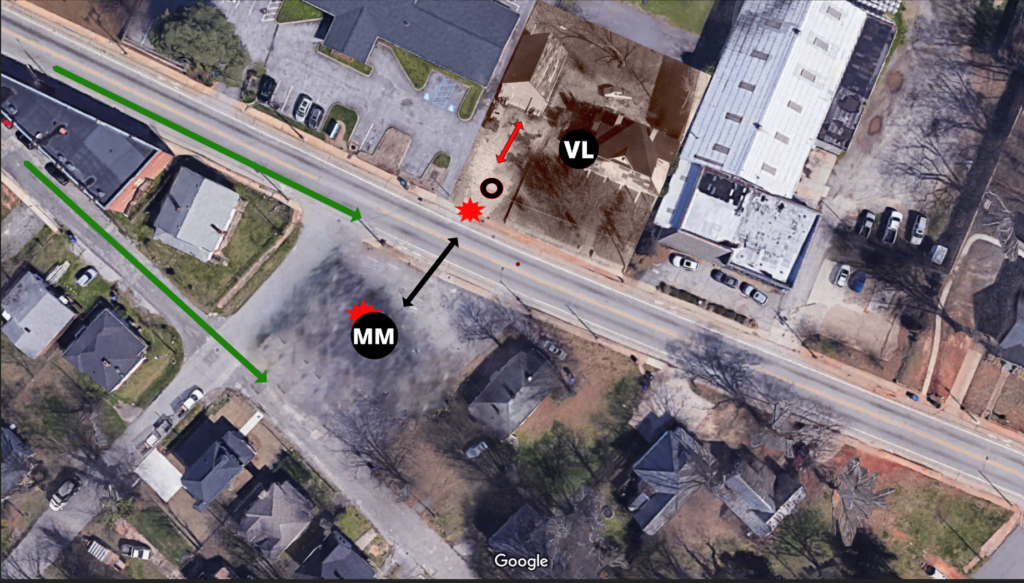
Note the following:
- Vera said Frank Looper was already in the garage with his father when she heard the two shots. Mae McIntyre said she heard one shot while waiting to cross Pendleton Street and one after she had reached her car.
- According to Vera, Frank Looper didn’t go into the garage until after the black man had entered; his mother had found him, he’d gotten off the phone, retrieved his gun, walked to the garage, and then spent a couple of minutes in the garage with the black man.
- Vera reported watching the black man walk up the driveway, but did not report seeing Mae McIntyre come face to face with him.
- Vera Looper never identified Charles Wakefield as the killer.
the EYEWITNESSES
Mae McIntyre claimed to have come face-to-face with Charles Wakefield Jr. in the Looper driveway and then watch him run away after the shootings. She made those claims nearly nine months after the murders.
Less than an hour after the shootings, before either Rufus or Frank Looper were declared dead, police interviewed three people who had seen the black man running out of the garage that day. Ed Gray said he was in his car at the corner of Pendleton Street and watched the suspect run down the driveway. Gray would have been within feet of Mae McIntyre, but never reported seeing her.
Viola Owens and Edna Mashburn said they were sitting on the porch at 16 Burdette St. when they saw the suspected shooter run down the driveway. They said they subsequently ran directly to Vera Looper’s side. If Mae McIntyre had been in that vacant lot when the man ran away, Owens and Mashburn would have been looking right at McIntyre. Neither woman reported seeing her.
The composite below shows where Owens, Mashburn, and Gray were when they said they saw the suspect running away.

The distance between the end of the Looper driveway and Viola Owens’ front porch is approximately 195 feet–slightly longer than three standard bowling lanes laid end to end.
Neither prosecutors nor defense attorneys called Owens, Mashburn, or Gray to the witness stand.
Be a Murder, etc. source
We protect our sources because … our sources fuel our story. Can you help? Visit our contact page for safe, secure ways to contact us.
Support Murder, etc.
If you believe Murder, etc. is doing important work, please consider supporting its efforts with a donation to help cover the costs of research and production.
Donate any amount on PayPal or, if you prefer Venmo, you can quickly send your donation to @MurderETC.
If you’d prefer to offer your support while joining Amateurs ETC, visit the Murder, etc. Patreon page today to help the investigation continue.

Show notes:
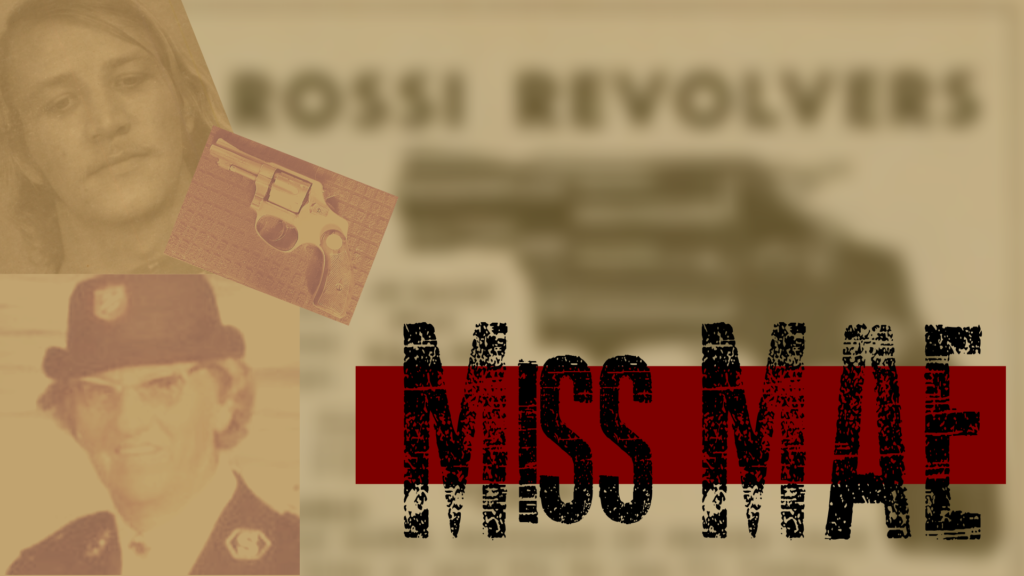
Miss Mae is the result of a shocking week in the modern Murder, etc. investigation.
Producer Brad Willis and Andy Ethridge end up in front of Don McIntyre, the son of the prosecution’s chief witness in the Charles Wakefield, Jr. death penalty trial. Don reveals he believes his mother lied on the stand and then reveals why his mother would have done such a thing.
And then … Don pulls out a gun that rocks the City of Greenville and its law enforcement community.

Featured interviews in Miss Mae
4 comments on Episode 22: Miss Mae
Comments are closed.

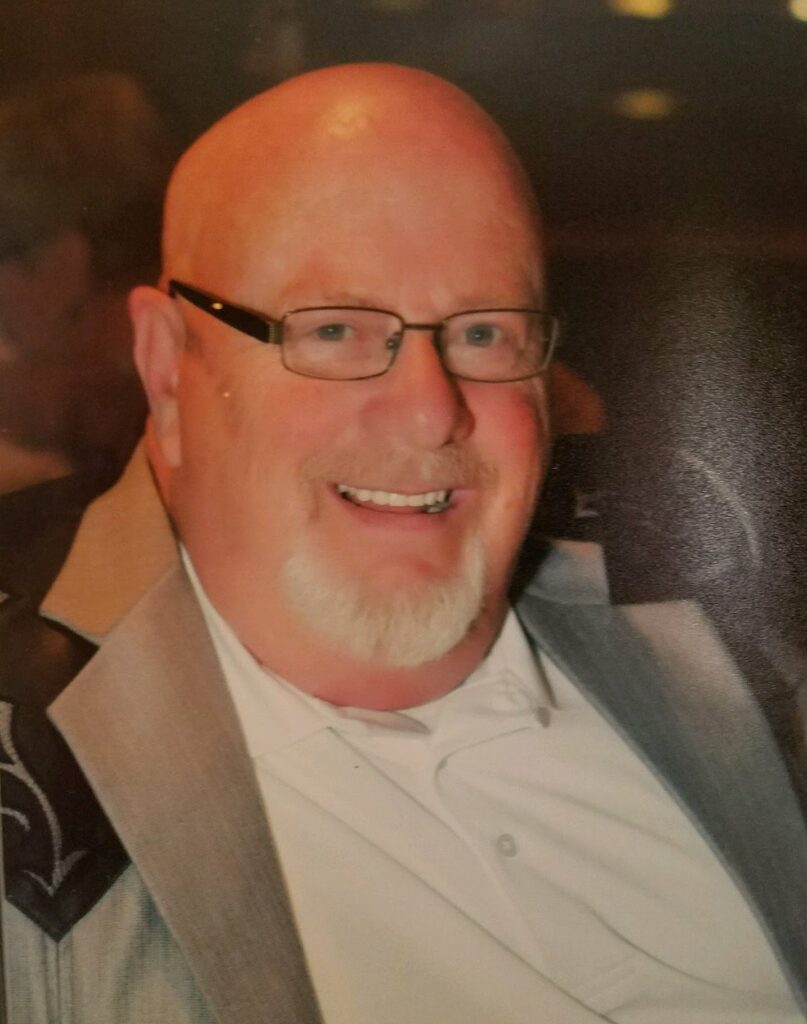
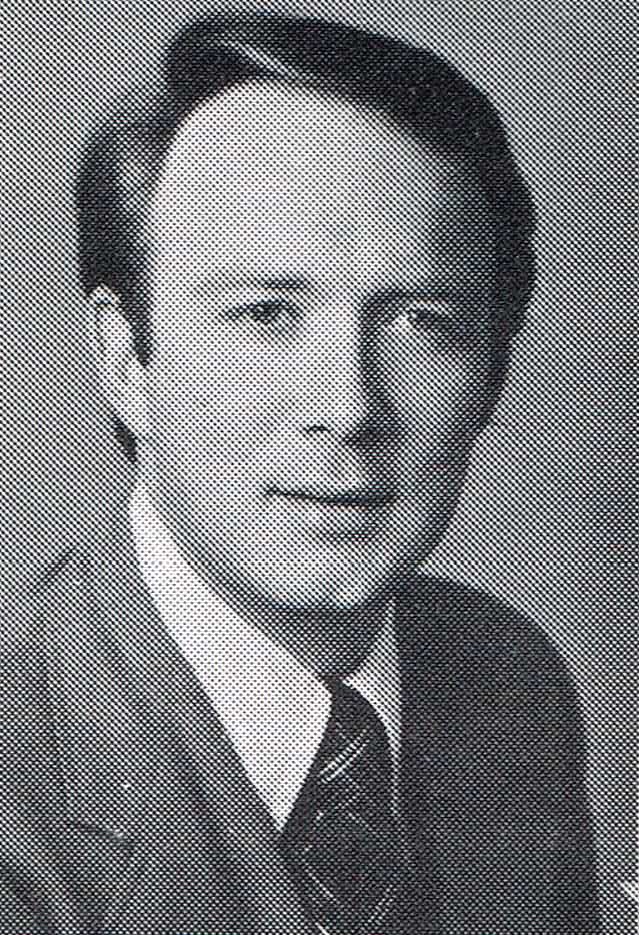

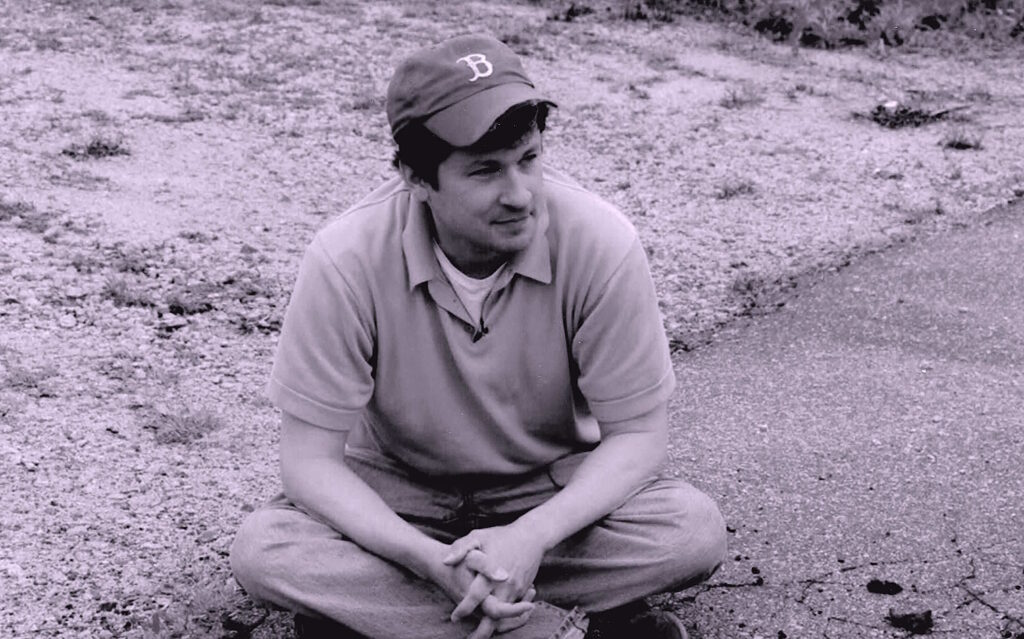
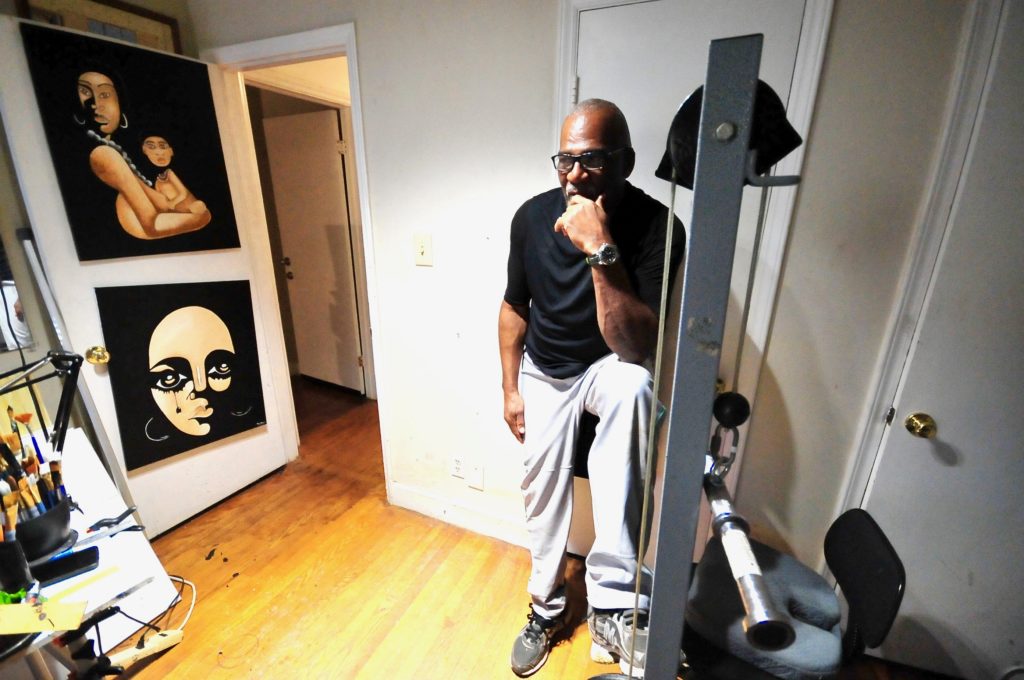
The fact that a decorated lawyer like Billy Wilkins would say that the step mother’s worry of Charles Wakefield changing clothes and his statement that he was sleeping if anyone asks is “pretty good evidence” is mind blowing. He was appointed a Federal Judge and considered a Supreme Court Justice candidate? Appalling on many levels!